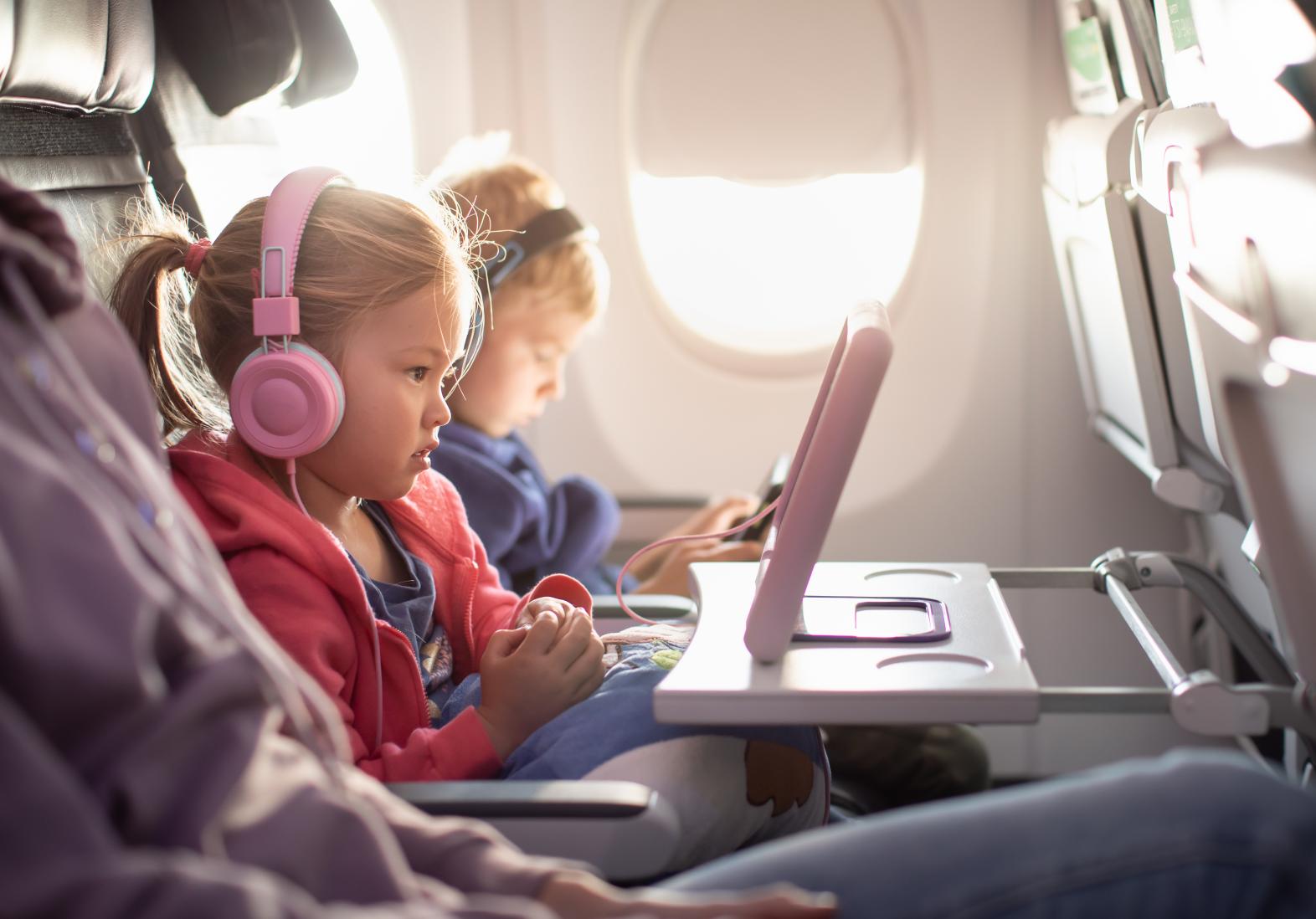Developing the First Edition of UL 5800 Standard for Safety for Battery Fire Containment Products

The Standards Technical Committee for UL 5800 held its second in-person meeting April 3-4, 2019 to discuss and develop the First Edition of the Standard for Safety for Battery Fire Containment Products. Progress was achieved in a number of key areas, including further consideration of the parameters for testing, criteria and performance ratings.
The group received a presentation from representatives of Emergo by UL on usability testing, which assesses the quality of user interaction with products. In this case, usability testing could be used to assess fire containment bags used by airline staff and the TC could use the resulting data to provide recommendations for requirements in the ensuing standard.
TC members also made a decision to rate the performance of the fire containment products based on Watt-hours or the number of cells. While the likely worst-case scenario is a battery fire producing 160 Watt-hours of energy, most onboard battery fires are related to smaller devices such as cellphones, e-cigarettes and USB chargers which may contain less than 50 Watt-hour batteries. Further discussion with the industry stakeholder are needed, but four class ratings were discussed and recommended during the TC meeting. These class ratings were based on the containment product’s ability to suppress shrapnel, fire and heat from fuel loads equal to the following:
- Class 1: 0 ≤ 50 Wh
- Class 2: 51 ≤ 100 Wh
- Class 3: 101 ≤ 160 Wh
- Class 4: 161 ≤ 300 Wh
Additionally, the containment product’s ability to mitigate the release of smoke could be denoted by adding an ‘a’ to the class rating if no smoke (or a negligible amount) is released, and a ‘b’ if smoke is released. It is important to note that there was no agreement at the time of the meeting on an acceptable amount of smoke that could be emitted and further discussion will take place at future meetings.
With respect to temperature acceptance criteria, TC members agreed to set the criteria based on the burn hazard for human contact of 50° C (122° F) for metal and 60° C (140° F) for nonmetallic surfaces. These are consistent with the airline standard for an acceptable touch temperature and also with other ULSE safety standards.